On the afternoon of October 23, at the National Assembly House, continuing the 8th Session Program, under the chairmanship of National Assembly Chairman Tran Thanh Man , the National Assembly held a plenary discussion in the hall on a number of contents with different opinions of the draft Law on Cultural Heritage (amended).
Participating in giving comments, National Assembly Deputy Mai Van Hai, Provincial Party Committee member, Deputy Head of the Provincial National Assembly Delegation, highly agreed with the report explaining and accepting the National Assembly Standing Committee's comments on the draft Law on Cultural Heritage (amended).
To contribute to further perfecting the draft Law, delegate Mai Van Hai gave specific comments as follows:
Clause 7, Article 7 of the State's policy on cultural heritage stipulates... the establishment of a Cultural Heritage Conservation Fund on the basis of compliance with the law, with the consent of the State management agency to proactively preserve degraded cultural heritages; Point b, Clause 5, Article 92 stipulates a local Cultural Heritage Conservation Fund. According to delegate Mai Van Hai, this policy needs to be reconsidered.
If a fund is established locally, it will be difficult to establish a fund, because not all places can establish a fund. If a fund is established, it will be difficult to meet the needs of preserving relics. Establishing a fund locally may not be effective.
Furthermore, Chapter VII has stipulated the conditions for ensuring activities to protect and promote the value of cultural heritage, which stipulates financial resources; the state budget spends on activities to protect and promote the value of cultural heritage (including both regular and investment expenditures).
It is recommended that there should be no policy to establish a cultural heritage conservation fund for localities, but only a cultural heritage conservation fund should be established at the central level, decided by the Ministry of Culture, Sports and Tourism .
Article 30: Investment projects, construction of works, individual houses located outside protected areas of relics and world heritages. In which, it is stipulated that investment projects, construction of works, individual houses located outside protected areas of relics that may have negative impacts on the original elements constituting relics and cultural landscapes, must have written appraisal opinions from competent state agencies on culture.
According to delegates, regulations to manage investment in construction of works and individual houses outside relic protection areas are necessary, but should not make it difficult or increase procedures for implementing investment projects in construction of works, as well as construction of individual houses near relic protection areas.
Investment in the construction of works and individual houses outside the protected area, like other projects, must comply with the provisions of law and must comply with the planning approved by the competent authority. Works that have the potential to negatively impact the original elements constituting the relic, are defined as falling into one of the cases specified in Clause 2 of this Article, such as: Possibility of distorting historical events; risk of disrupting the planning structure; risk of negatively impacting the integrity of the natural landscape value; risk of obscuring the view.
The draft regulation will make it very difficult to determine cases that are likely to have negative impacts on the original element; moreover, it does not determine the range from the protection zone II outwards in meters, so all project works and houses near the protection zone II may have to ask for permission from the competent State management agency for culture, which will add more procedures and difficulties for investment in construction of works as well as construction and repair of individual houses of the People.
Therefore, it is recommended to stipulate that only construction projects and individual houses within a certain number of meters outside of protection zone II should be considered, and accompanied by specific principles and criteria for identifying projects that negatively impact the original elements of the landscape relic. It is not recommended to stipulate a list of cases that are at risk of negatively impacting the original elements of the relic as in the draft.
According to the provisions of Clause 1, Article 24, the ranking of relics at the national level is distinguished based on typical values, typical national values, and especially typical national values. However, among typical local values, typical national values, and especially typical national values, there is only one common criterion: "meeting at least one of the criteria specified in Article 22 of this Law". Thus, the difference to base the ranking between different types of relics is unclear and may overlap or cannot be ranked accurately. Therefore, it is recommended that the drafting agency provide specific regulations to facilitate the implementation process as well as ensure the feasibility of the law.
Clause 3, Article 32: Representatives and organizations assigned to manage and use relics. In particular, the draft Law stipulates the authority of the Chairman of the Provincial People's Committee, Minister, Head of the sector, and Central agencies to decide on the establishment of a relic management organization. The provisions in the draft are unclear about the authority of the Chairman of the Provincial People's Committee, Minister, Head of the sector, and Central agencies in deciding on the establishment of a relic management organization.
It is recommended that the authority should be assigned to the Chairman of the Provincial People's Committee to establish a relic management board for national relics, special national relics; relics recognized by UNESCO as world heritages and the management board is under the Department of Culture, Sports and Tourism. Only places involving 2 or more provinces have the authority of the Ministry of Culture, Sports and Tourism; the provincial relic management board is assigned to the Chairman of the District People's Committee to establish and is a public service unit with revenue; it is stipulated that a management board can manage many relics, avoiding the current situation where the management model is not unified, at the same level of relics, some places have the district management board managing the relic, some places have the relic management board under the Department of Culture, Sports and Tourism...
Quoc Huong
Source: https://baothanhhoa.vn/dai-bieu-mai-van-hai-doan-dbqh-tinh-thanh-hoa-gop-y-ve-mot-so-noi-dung-con-y-kien-khac-nhau-cua-du-thao-luat-di-san-van-hoa-sua-doi-228437.htm


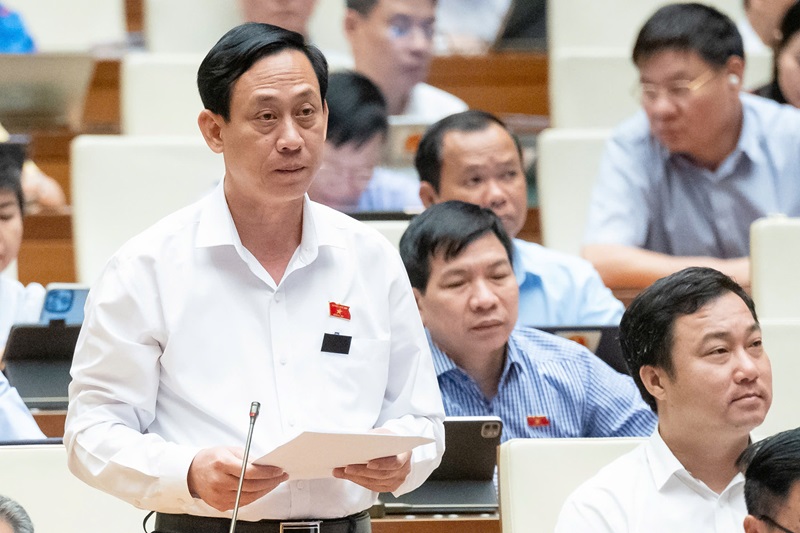

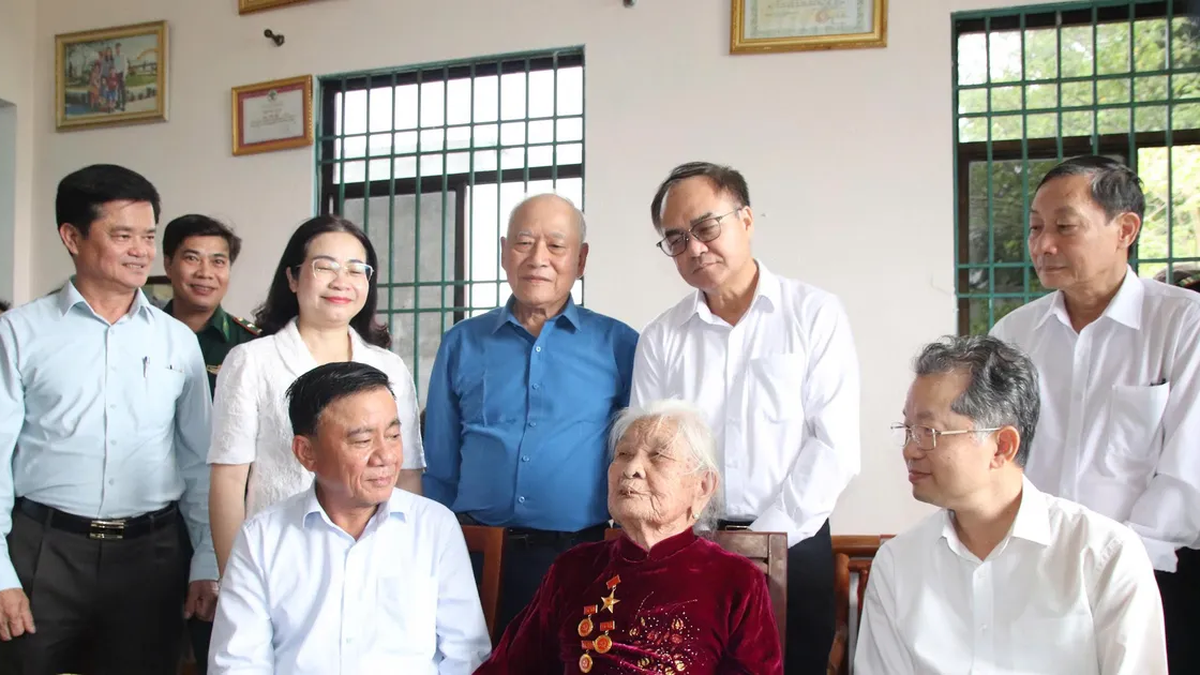
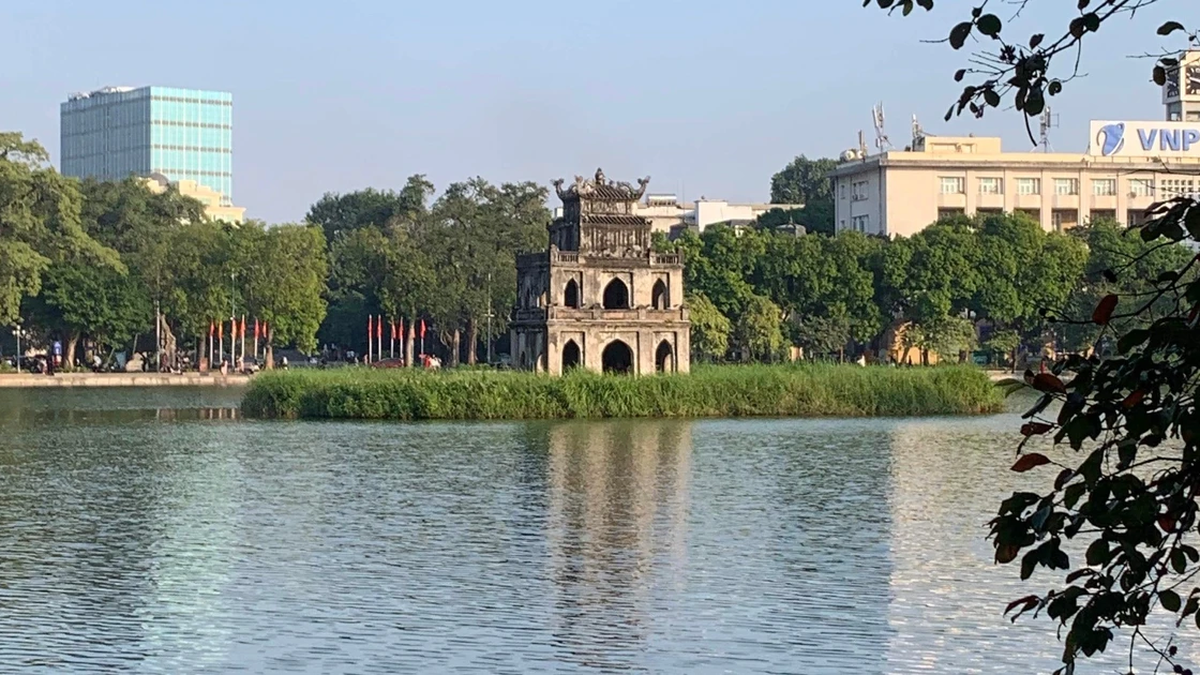
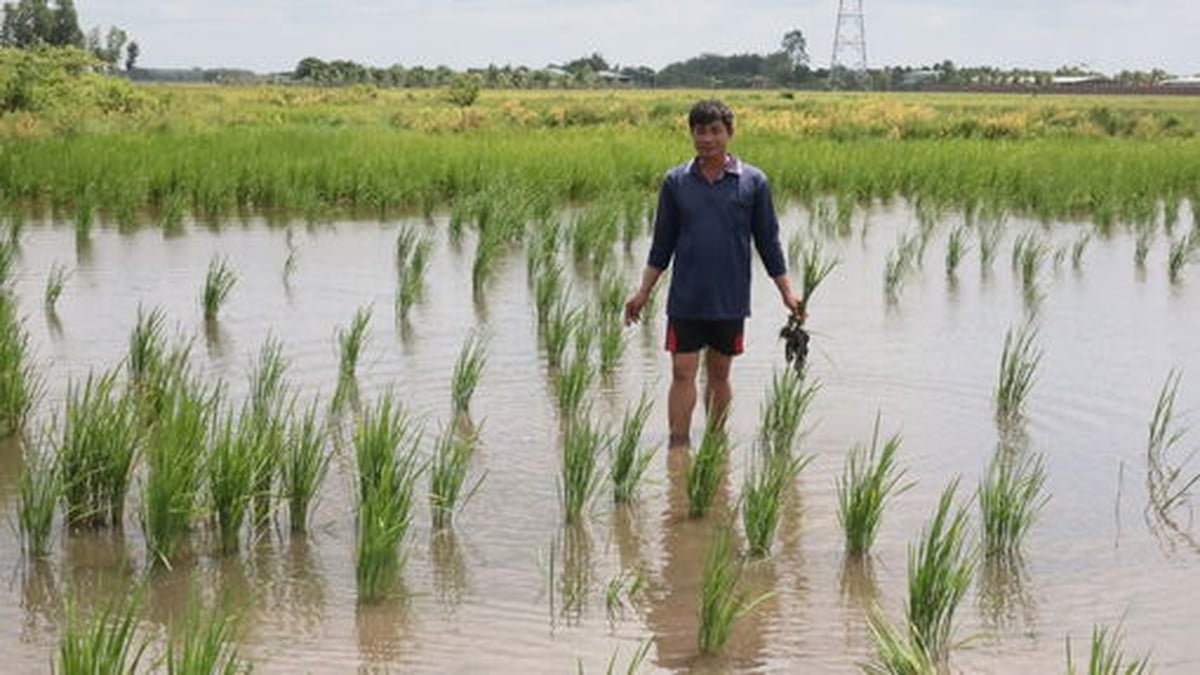
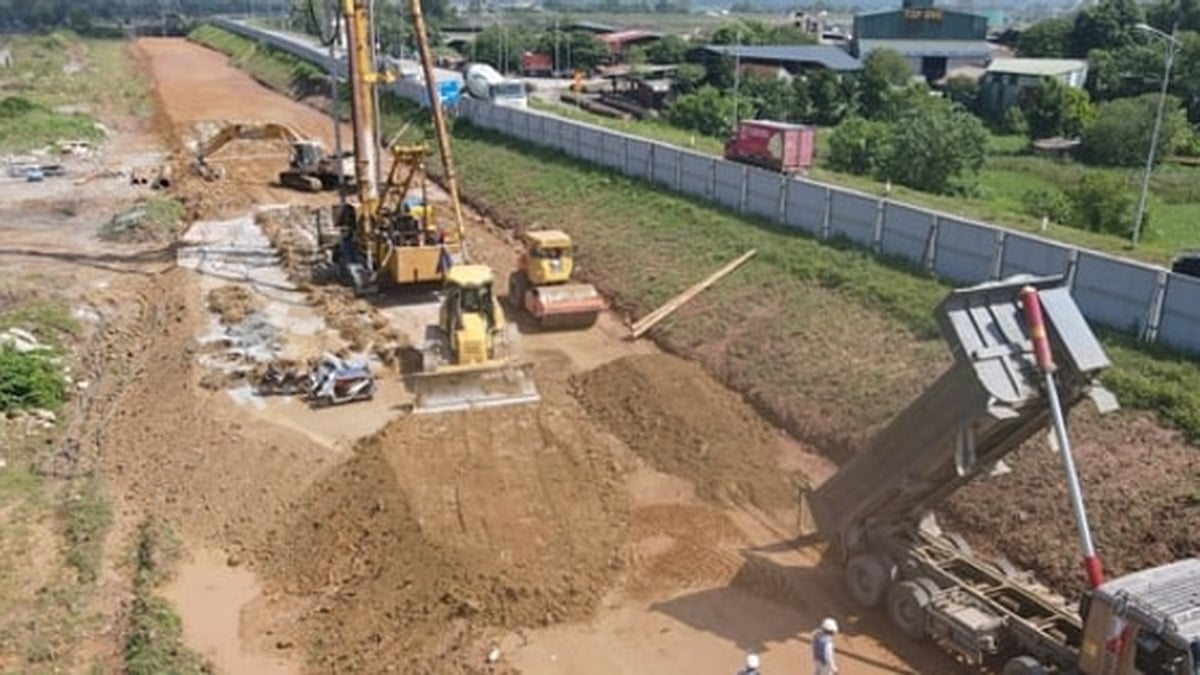


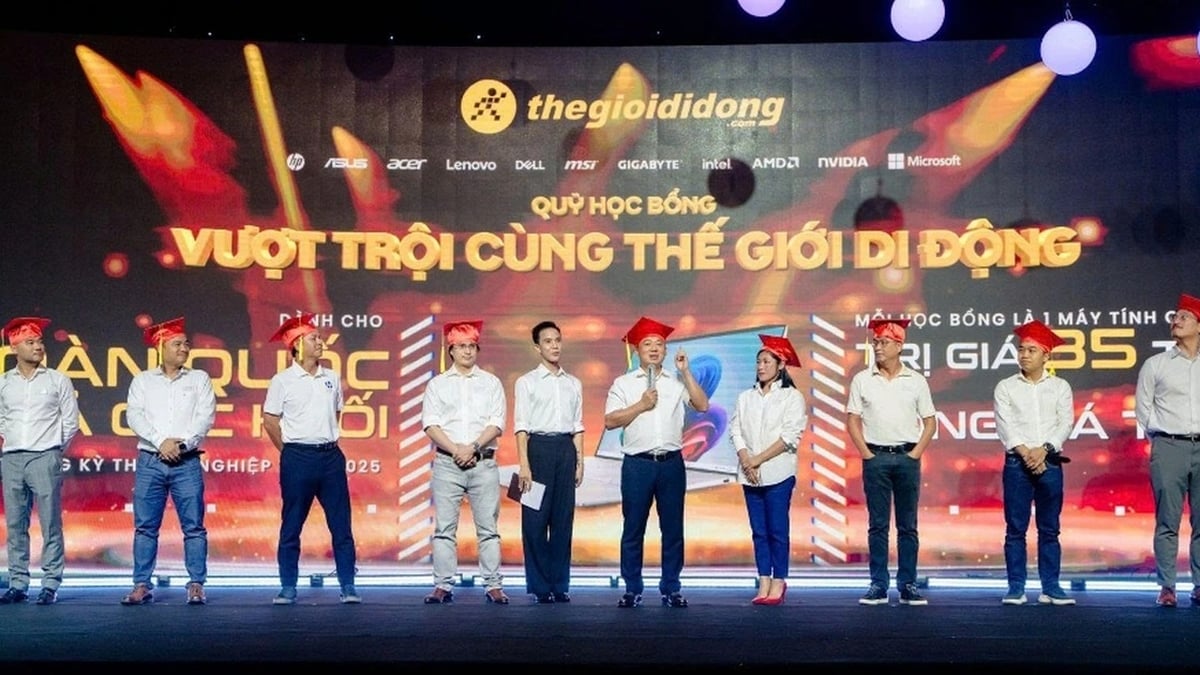
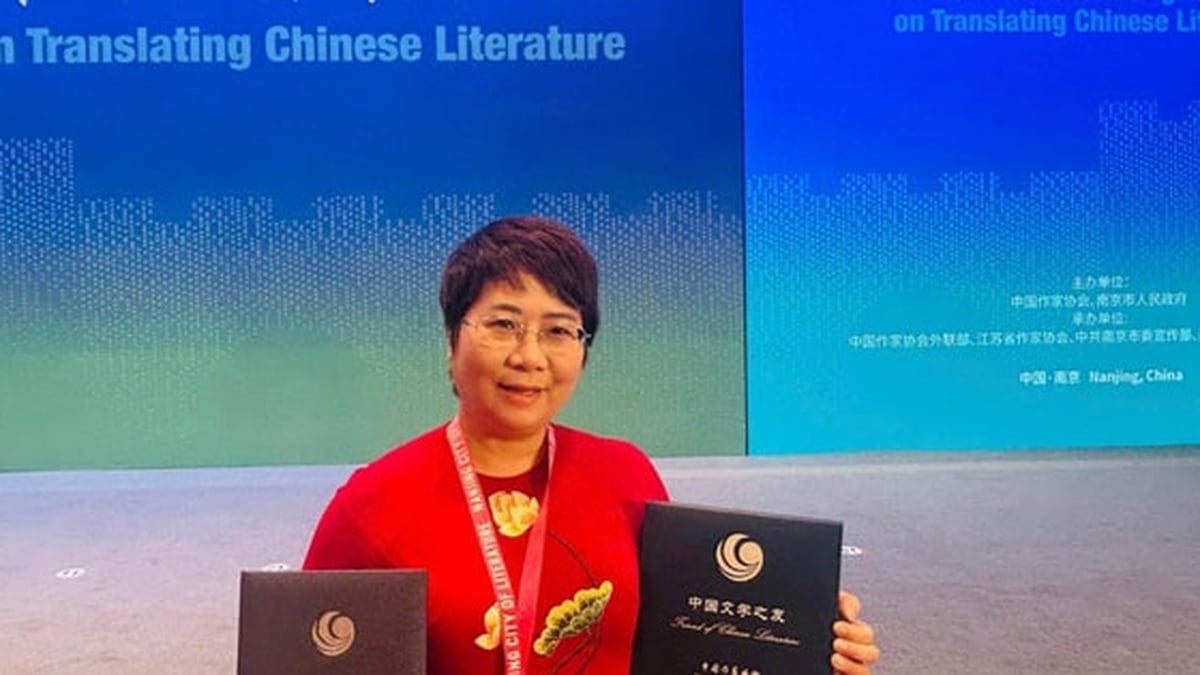
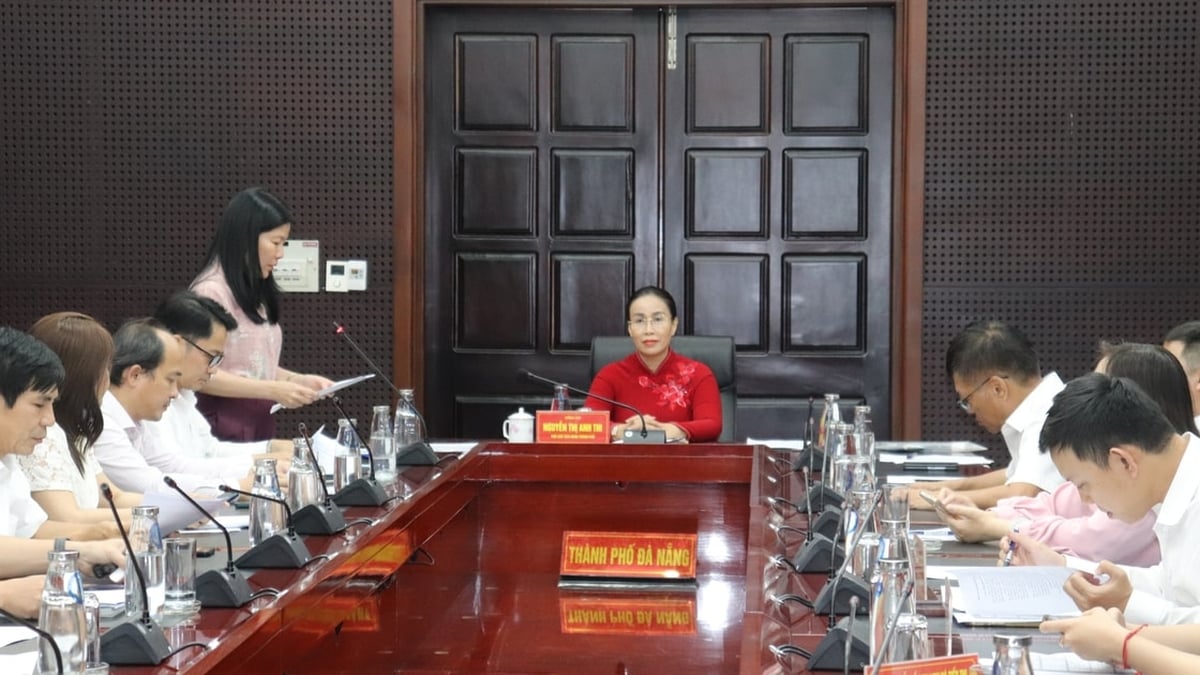












![[Photo] National Assembly Chairman Tran Thanh Man visits Vietnamese Heroic Mother Ta Thi Tran](https://vphoto.vietnam.vn/thumb/1200x675/vietnam/resource/IMAGE/2025/7/20/765c0bd057dd44ad83ab89fe0255b783)













































































Comment (0)